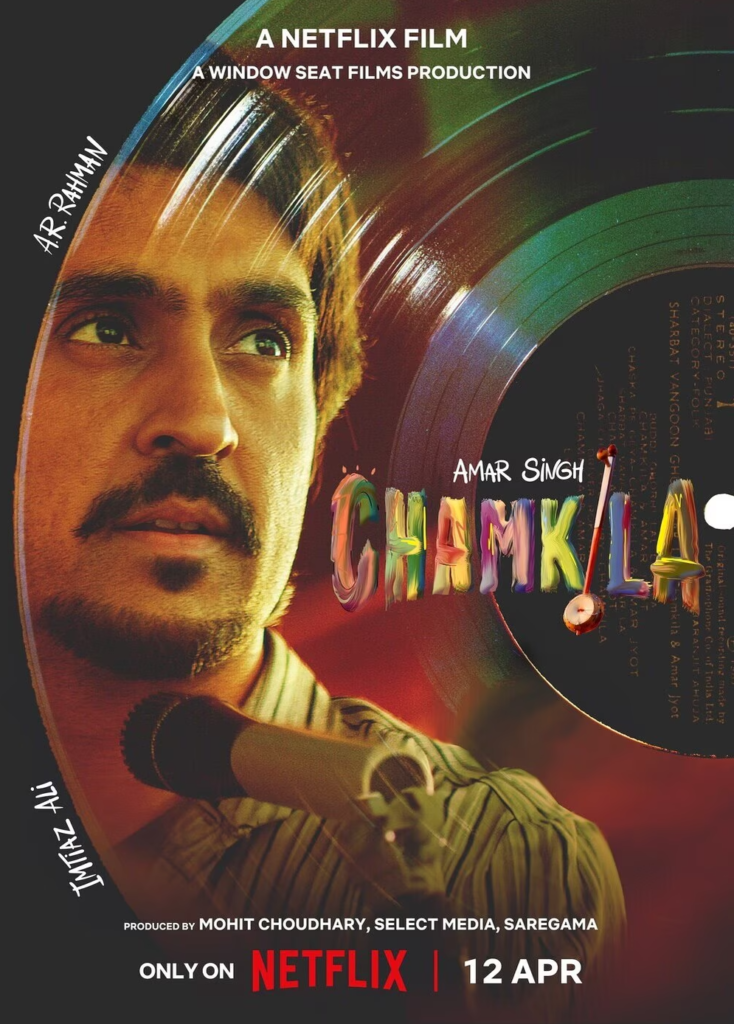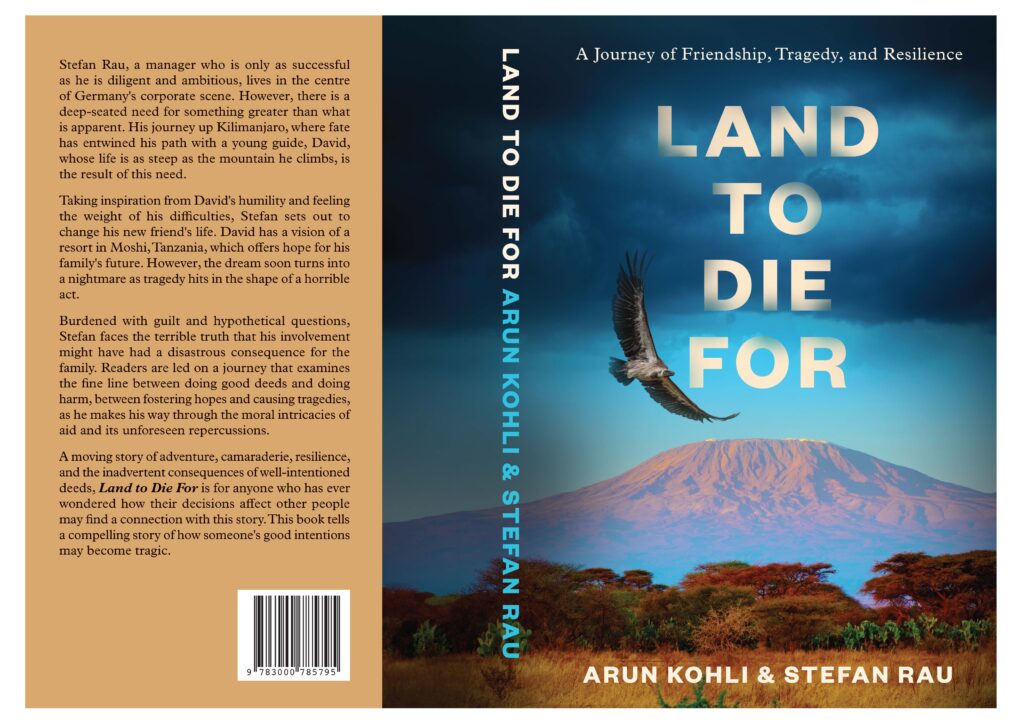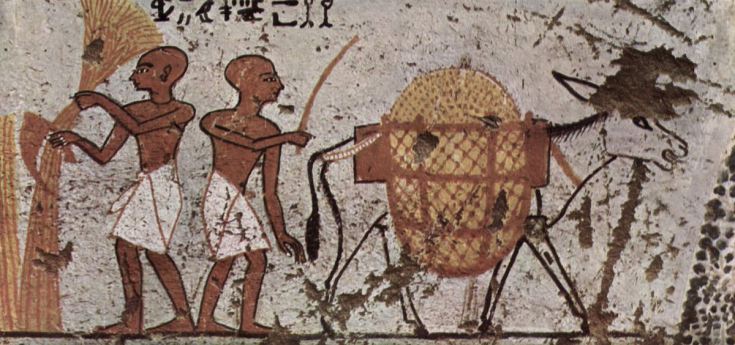
In a gripping opening scene, the artist’s life is abruptly cut short as he and his wife step out of their car, greeted by the excited announcement on the microphone of the arrival of Amar Singh Chamkila. However, the joyous atmosphere swiftly transforms into chaos as gunshots ring out, plunging the surroundings into an eerie silence. Amidst the panic, some rush to aid the fallen artist, while others flee for their own safety, setting the stage for a riveting biopic that delves into themes of artistic freedom, sexcastism, cultural policing, and societal expectations in art.
“Amar Singh Chamkila,” directed, produced, and co-written by the acclaimed Imtiaz Ali, unfolds through a nonlinear narrative style, seamlessly weaving between the past and present realities of the artist’s life. Against the backdrop of Punjab’s tumultuous period during the insurgency, Chamkila’s rise to prominence as the “Elvis of Punjab” is juxtaposed with the challenges he faced due to his provocative lyrics and controversial persona.
“Chamkila’s provocative lyrics, delving into themes of extra-marital relationships, alcohol and drug use, and the bravado of the Punjabi man, sparked criticism from some quarters. However, many argue that his songs served as a mirror to society, reflecting its realities and resonating deeply with the masses.”
Through Ali’s deft storytelling, the film raises poignant questions about the constraints placed on artists by society, religion, and political forces. The director also explores the vulnerability of artists to being misunderstood and criticized by various sources, such as those in positions of power, society at large, fellow colleagues, friends, and competitors. It delves into the challenges they encounter in sustaining their livelihoods amidst societal scrutiny, showcasing the struggle of living without the ability to passionately pursue their art.
Diljit Dosanjh and Parineeti Chopra deliver stellar performances as Amar Singh Chamkila and his wife, Amarjot, breathing life into their characters with remarkable depth and authenticity.
Imtiaz Ali brilliantly channels the essence of his iconic “Jab We Met” moment while narrating the love sequence of Parineeti Chopra. Seamlessly weaving in a charming dance interlude and a subtle change of seat in the car, he crafts a scene that is both nostalgic and fresh. It’s a testament to his directorial finesse and ability to evoke emotion while reinventing classic storytelling elements.
Rahul Mittra and Anjum Batra shine in their respective roles, adding layers to the narrative with their nuanced portrayals.
“A. R. Rahman’s soul-stirring music, coupled with Irshad Kamil’s poignant lyrics, serves as the heart of the film, blending Chamkila’s iconic compositions with Rahman’s signature style. The background score melds seamlessly with the narrative, enveloping the audience in an immersive experience. After a while, one forgets they are listening to A.R Rahman or merely observing; instead, they become wholly engrossed in the emotional journey unfolding on screen.”
Sylvester Fonseca’s cinematography captures the essence of Punjab’s vibrant music industry. However, the film’s visual cohesion is compromised by the inconsistent choice of color tones and lighting. Ranging from stark black and white to sepia to vivid colors and pastel hues, the spectrum of visuals creates a disjointed viewing experience. While some scenes benefit from steady camera movements, others lack this stability, resulting in a mix of enjoyable and less engaging moments.
The team utilized cinematic techniques like split screens and the use of archival footage to enhance the viewing experience and propel the narrative forward. However, unfortunately, these techniques detracted from the seriousness of the story and failed to capture the essence of the phenomenon that Chamkila was.
Kanchi Kanani and her team at PhilmCGI handled 2D animation, which felt unnecessary for a film with such an intense storyline and narrative. The director should have trusted their own vision rather than relying heavily on technology.
Furthermore, the cartoonization of certain scenes, though perhaps intended for artistic effect, diminishes the emotional depth and seriousness of the narrative, potentially disrespecting the legacy of the legend being portrayed.
Text supers in Chamkila’s songs are meant to explain the lyrics and provide context to the audience, but they often distract from the experience of simply listening to the song. Instead of immersing viewers in the music, these text supers disrupt the flow and detract from the overall enjoyment of the song. A more restrained approach to visual elements would have allowed for a deeper immersion into the story and a greater respect for the subject matter.
Nevertheless, the film’s meticulous attention to detail in costume design and set production transports viewers back to the vibrant era of Punjabi music, offering a visually stunning homage to Chamkila’s enduring legacy.
“Amar Singh Chamkila” stands as a fitting tribute to the legendary musician, encapsulating the essence of his tumultuous life journey while provoking reflection on the complexities of artistic expression and societal norms. Through Imtiaz Ali’s masterful direction and a stellar ensemble cast, the film invites audiences to immerse themselves in the captivating world of Chamkila, leaving a lasting impression long after the credits roll. Amar Singh Chamkila’s wisdom echoes: ‘Better to live on after death than live lifelessly.
Postlude
In one scene in the movie, Amar Singh Chamkila expresses his dream of being featured on the big screen. Unfortunately, his hopes are dashed when the exceptional movie depicting his life is not shown in theaters but is released on Netflix. As an artist beloved by the masses in Punjab, it would be more fitting for the film to have a theatrical release, allowing it to reach a larger audience, including those who loved him and for whom he composed his songs.



